Abstract
Hyperbaric medicine is a medical therapy in which an ambient pressure higher than sea level atmospheric pressure is required. This includes hyperbaric oxygen therapy (HBOT), the medicinal use of oxygen at greater than atmospheric pressure.
Breathing 95% oxygen under higher atmospheric pressure is known as hyperbaric oxygen treatment (HBOT). HBOT is an ancient therapy that dates back to the 1600s. A British priest called Henshaw established and ran the first well-known chamber. He constructed a chamber called the domicilium, which was used to cure various ailments. The chamber may be inflated with air or left empty by utilizing bellows. The French surgeon Fontaine, who constructed a pressurized, transportable operating theatre in 1879, carried on the notion of treating patients under higher pressure.
How it Works
Hyperbaric oxygen therapy (HBOT) works on the principle that involves exposing users to pure oxygen (O2) concentrations under increased atmospheric pressure. This pressure may equal or surpass 1.4 atmospheres (atm), according to the Undersea and Hyperbaric Medical Society (UHMS). All current UHMS-approved indications, however, demand that users breathe near 95% oxygen purity while contained in a chamber pressured to at least 2 ATA.
The best oxygen chambers are pressurized with air, not oxygen, because oxygen in high purity increases the possibility of explosion. You can breathe pure oxygen only through the mask that provides oxygen up to 95% purity using the oxygen concentrators that are connected to the chamber.
What to Expect
HBOT is often performed as an outpatient treatment, and a doctor will suggest several sessions based on the user's health.
One session may be sufficient for some people suffering from carbon monoxide poisoning.
Participants in several soft tissue necrosis trials got an average of eight sessions.
A typical HBOT session includes:
- sitting or sleeping in a pressurized chamber, either alone or with others, the chamber being room-sized
- receiving compressed oxygen, which may be delivered through a mask or hood
- If requested, communicate with a therapist or technician throughout the session.
- To promote relaxation, you might listen to music or watch TV.
- In a monoplace chamber, the individual normally lays on a table that slides inside a transparent plastic tube.
The cause for the therapy will determine the duration of the session. A session might take anything from 30 minutes to 2 hours.
Types of hyperbaric oxygen chambers
There are two types of chambers used in hyperbaric oxygen therapy:
Monoplace chamber: This is a single-person chamber. It's a long, aluminum tube like an MRI scanner. The user enters the chamber and lays down as in a bed. Inside the chamber, they can breathe up to 95% pure oxygen.
Multiplace chamber: This chamber may accommodate two or more individuals simultaneously. The session is much the same. The distinction is that each individual uses an oxygen mask or hoods for breathing oxygen in high purity. A technician may also be in the chamber while you get the therapy done.
Hard-shell and Soft-shell Chambers
Based on the consistency of the material used to make the chamber, HBOT can be divided into the following types.
Hard-Shell Hyperbaric Chambers: You normally breathe 21% oxygen at sea level. Medical Grade Hard-Shell Hyperbaric Chambers such as Oxyhelp Hyperbaric Chambers use high pressure to assist the body bypasses the typical method of oxygen distribution to your body, boosting the supply of oxygen to cells by 10, 15, or even 20 times the normal quantity. This is essential to reap the advantages of Hyperbaric Oxygen Therapy.
Soft-Shell Chambers: These chambers, on the other hand, only boost oxygen intake by 26%, or 5% more than usual, since they cannot achieve sufficient pressure to deliver significant advantages. Inflatable bag chambers are not considered Hyperbaric Medicine since they cannot produce the essential pressures for healing (1.5ATA+).
Currently, most practitioners and businesses who utilize, sell, or lease Soft Shell Chambers promote research and scientific findings based on TRUE clinical hyperbaric studies performed in 'Hard,' FDA-approved chambers. The FDA has even sanctioned several inflatable bag chamber firms for making "fraudulent medical claims."
Our Choice
As this article is being written, there are a number of makers of HBOT available on the market, each of which claims to offer the best product. However, the following oxygen chamber manufacturer emerges as the obvious victor after considering all of the required criteria.
Oxyhelp Hyperbaric Chambers
OXYHELP INDUSTRY is a European hyperbaric device manufacturer and international distributor with a mission to spread awareness about the method and benefits of moderate hyperbaric oxygen therapy (HBOT) by using their expertise in the design and construction of hard chambers.
OXYHELP INDUSTRY has developed into one of the most well-known European companies. It is now active worldwide, supplying and installing digitally controlled pressurized hard chambers.
Why OXYHELP?
OXYHELP spent time researching existing technologies to upgrade their technical standards—making it easy and safe for both professional workers and self-treating patients. They have found the finest material and auxiliary technology suppliers to become one of the top designers and producers of this incredible range of medical equipment—the monoplace and multi-place HBOT low-pressure chambers.
The firm expanded on its OxyHelp objective by doing considerable study and documentation on the theoretical elements of HBOT to bring innovation in the sector, such as digitally controlled operating systems or highly efficient ventilation for safety and comfort.
Benefits of OXYHELP
You will be able to improve your overall body performance by taking advantage of the hyperbaric therapy session that is designed specifically for athletic use. This session will reduce the amount of lactic acid that builds up in the muscles. HBOT naturally speeds up healing periods for sports injuries, allowing wounded athletes to recover quicker and lower the chance of re-injury.
It's possible that hyperbaric oxygen therapy can help you improve your mental acuity, focus, and attention span.
The use of hyperbaric therapy on a regular basis may assist in healthy aging, giving the appearance of being younger than one's real age.
Hypoxia, or oxygen deficiency at the cellular level, is the root cause of all degenerative diseases. All you have to do during a hyperbaric oxygen treatment session is breathe pure oxygen within a chamber with enhanced atmospheric pressure, which improves oxygen distribution via blood capillaries, tissues, organs, and the brain. The procedure is non-invasive and suitable for almost everyone, with a few exceptions.
Take Home Message
If you are considering using an HBOT device for yourself or a loved one, keep in mind that some of the claims about what it can accomplish are unverified. HBOT devices, for example, have not been demonstrated to treat cancer, Lyme disease, autism, or Alzheimer's.
Before using an HBOT device, consult your health care provider to ensure you receive the most appropriate care.
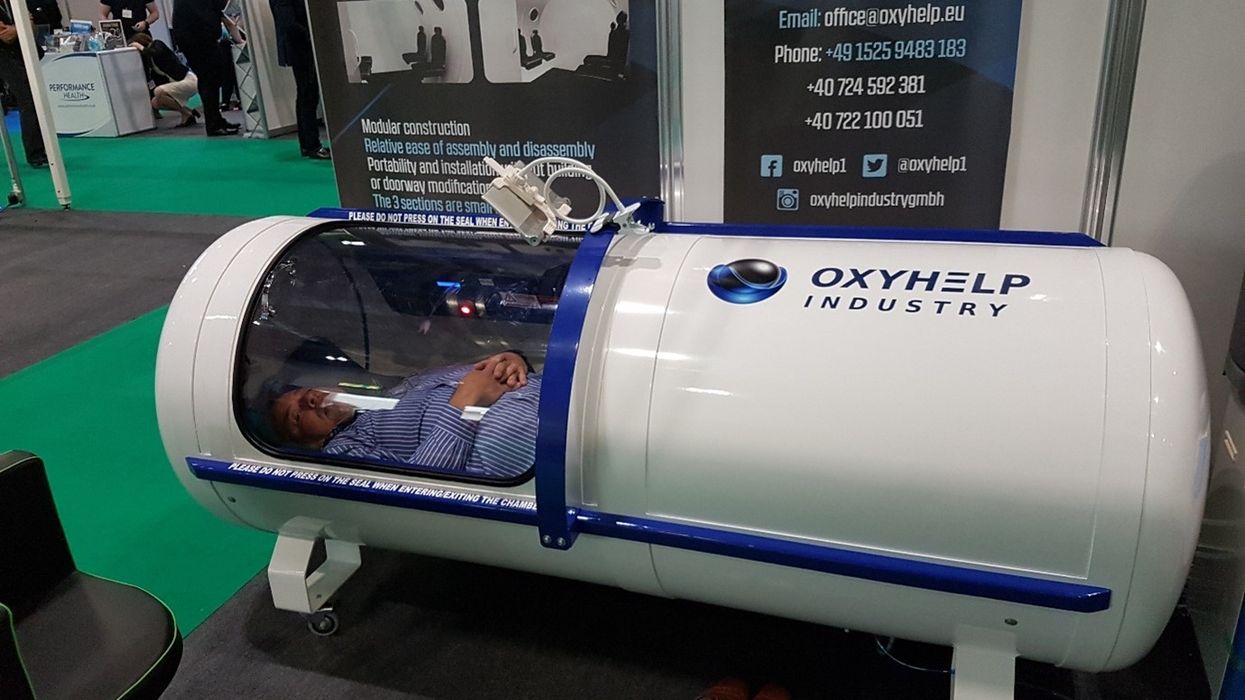
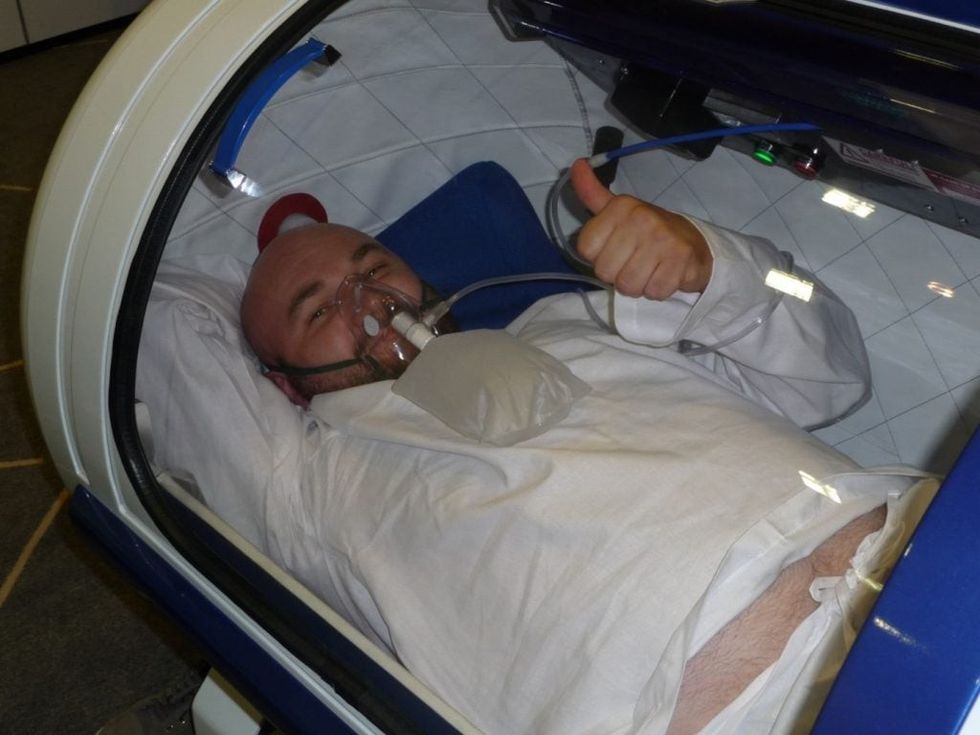






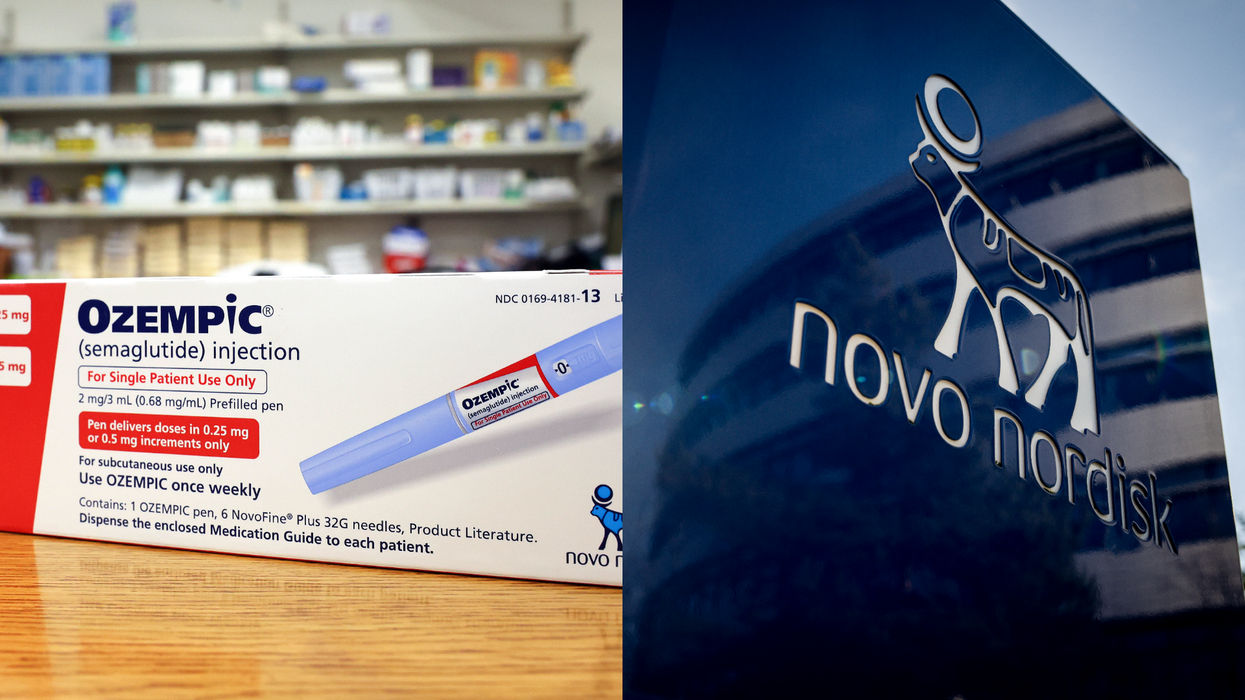
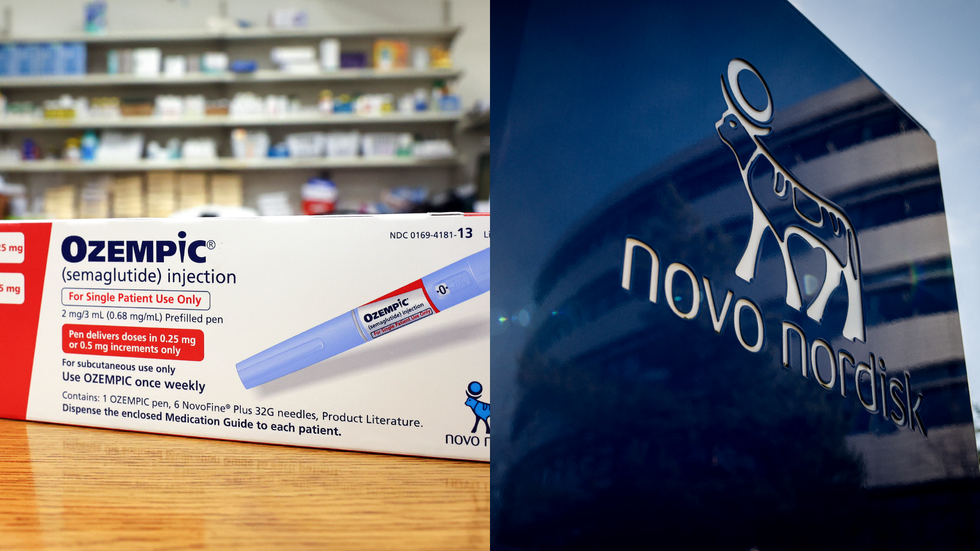 Novo Nordisk launches Ozempic in India as diabetes cases climb Getty Images
Novo Nordisk launches Ozempic in India as diabetes cases climb Getty Images  Ozempic weekly pens now available in India for type 2 diabetesiStock
Ozempic weekly pens now available in India for type 2 diabetesiStock 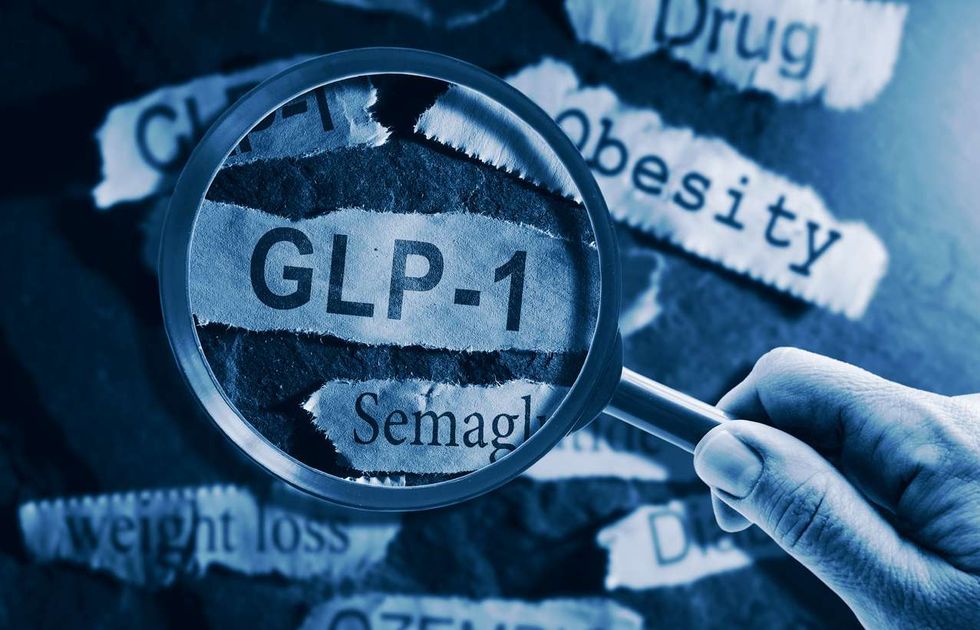 India gets Ozempic as obesity and diabetes numbers riseiStock
India gets Ozempic as obesity and diabetes numbers riseiStock 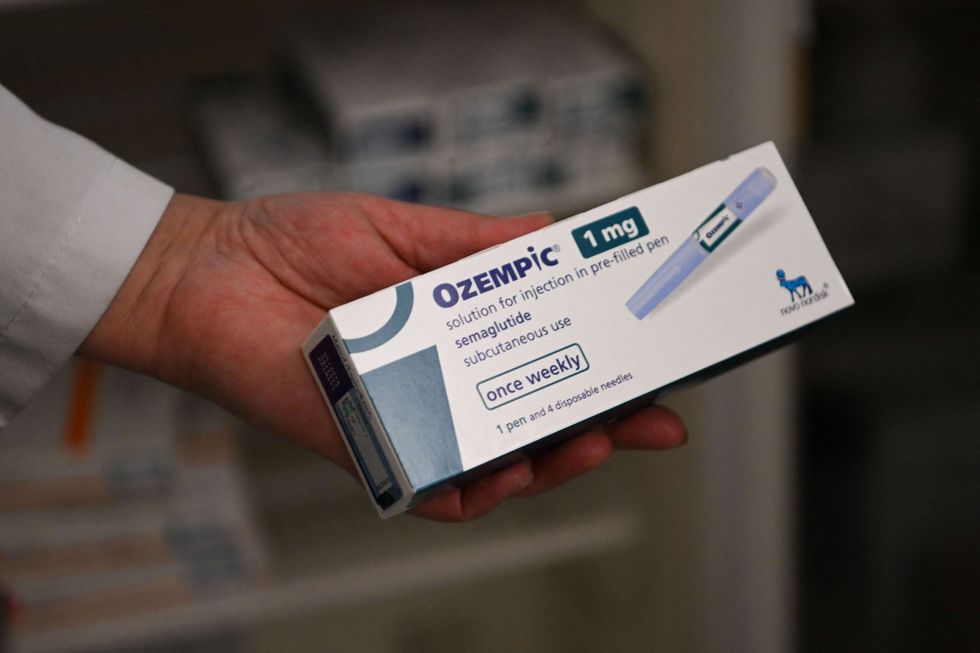 Doctors say Ozempic helps blood sugar and weight management in adultsiStock
Doctors say Ozempic helps blood sugar and weight management in adultsiStock





